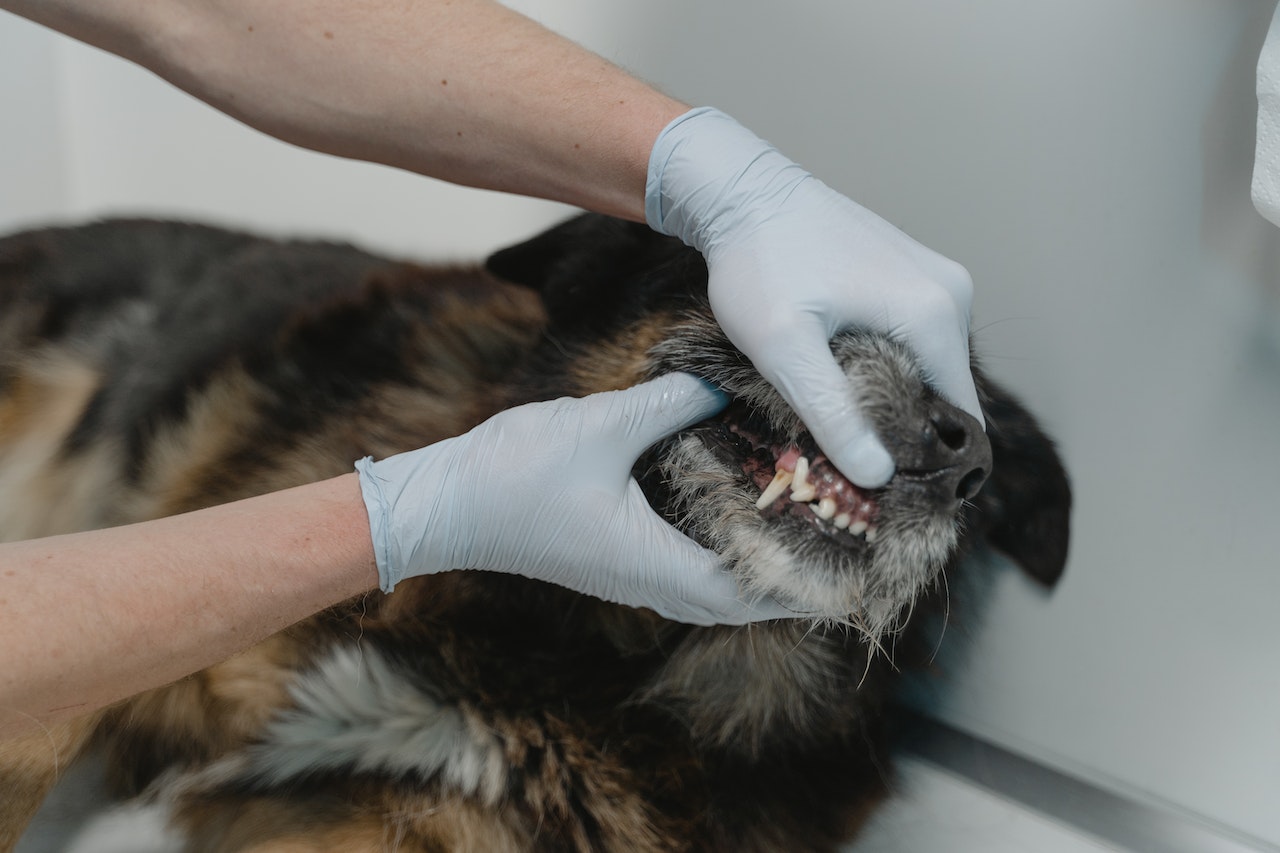
Gingivitis can be a reversible gum inflammation that is considered to be the initial stages of periodontal disease. In the beginning stages of gingivitis there is some plaque can be seen and there is a slight gingival redness, but the gingival surface is smooth.
The gingival sulcus, also known as the gingival pocket is the space that lies between the wall of gums and teeth. When gingivitis has been diagnosed the bacteria that reside within these pockets alter to the worst and there is an accumulation of bacteria increases, which releases toxins, and can cause damage to gums.
In advanced gingivitis, there’s calculus and plaque on the gums. There is moderate to severe gums redness and the surfaces of the gums are uneven. Dental calculus is composed of calcium carbonate and phosphate dissolved in organic matter. Plaque is a slurry of food debris bacteria dead skin cells and mucous that develops in just 24 hours on healthy teeth surfaces. The gum reacts by causing an increase in blood vessel inflammation, swelling and loss of collagen.
Over 80 percent of dogs aged three or more years age suffer from gingivitis. It is more prevalent in breeds that play with toys, and, in general, can affect dogs earlier than cats.
Types and Symptoms
- Swollen or red gums particularly on the gum that faces the cheeks.
- The smell of bad breath ( halitosis)
- Different amounts of plaques and calculus
The Reasons
Plaque accumulation is among the primary causes that lead to gingivitis among dogs. Factors that contribute to gingivitis are:
- Old age
- Tees with crowding
- Soft food
- Breathing through the mouth
- Poor chewing habits
- The lack of oral health treatment
- Diabetes mellitus and uremia
- Autoimmune diseases
Diagnosis
The vet will conduct an extensive physical examination on your pet, taking into consideration the history of the symptoms and any possible medical circumstances that may have contributed to this problem. It is essential to provide detailed information about your dog’s health as well as the signs of onset including the time when bad breath first started or grew worse, what your dog normally consumes, whether or not your dog has been having trouble chewing or eating, and if your dog has any health problems in the past. The regimen you’ve employed to keep your dog’s teeth in good order in the event that you’ve been using it should be discussed with your veterinarian as also the products you’ve been using.
The physical exam is to carefully examine the dog’s mouth in order to detect the issue. The veterinarian will then schedule an appointment for you to take your dog to the vet to have a dental examination. During the exam your pet is anesthetized. The vet will assess for the size of your gum pocket, as well as the number of bacteria and plaque on the surfaces of the teeth, and then pull any teeth that are stained or too packed. The calculus and plaque will be eliminated using a scaling procedure which is carried out using special dental equipment and, should it be needed the root planing procedure. The tooth surfaces are polished, and they will then be examined after cleaning.
Treatment
If your teeth are crowded or if baby teeth are present in a dog that is an adult the vet may have to take out a few teeth. Dental tools are employed to eliminate any calculus and plaque to clean the teeth and also to clean the teeth. They will instruct you on how to clean your pet’s dental teeth, along with appointments for further visits are recommended.
Living and Management
It is possible to maintain the health of your dog’s mouth by brushing or rubbing (with a specialized finger pad) your teeth at least once a day or at minimum twice per week, using veterinary toothpaste. Your veterinarian might also recommend you a veterinary antibiotic to spray onto your pet’s teeth in order to reduce plaque build-up. Rawhide chewing strips and the special food that is recommended by your vet could help to reduce tartar and enhance the dental health of your dog and overall health.